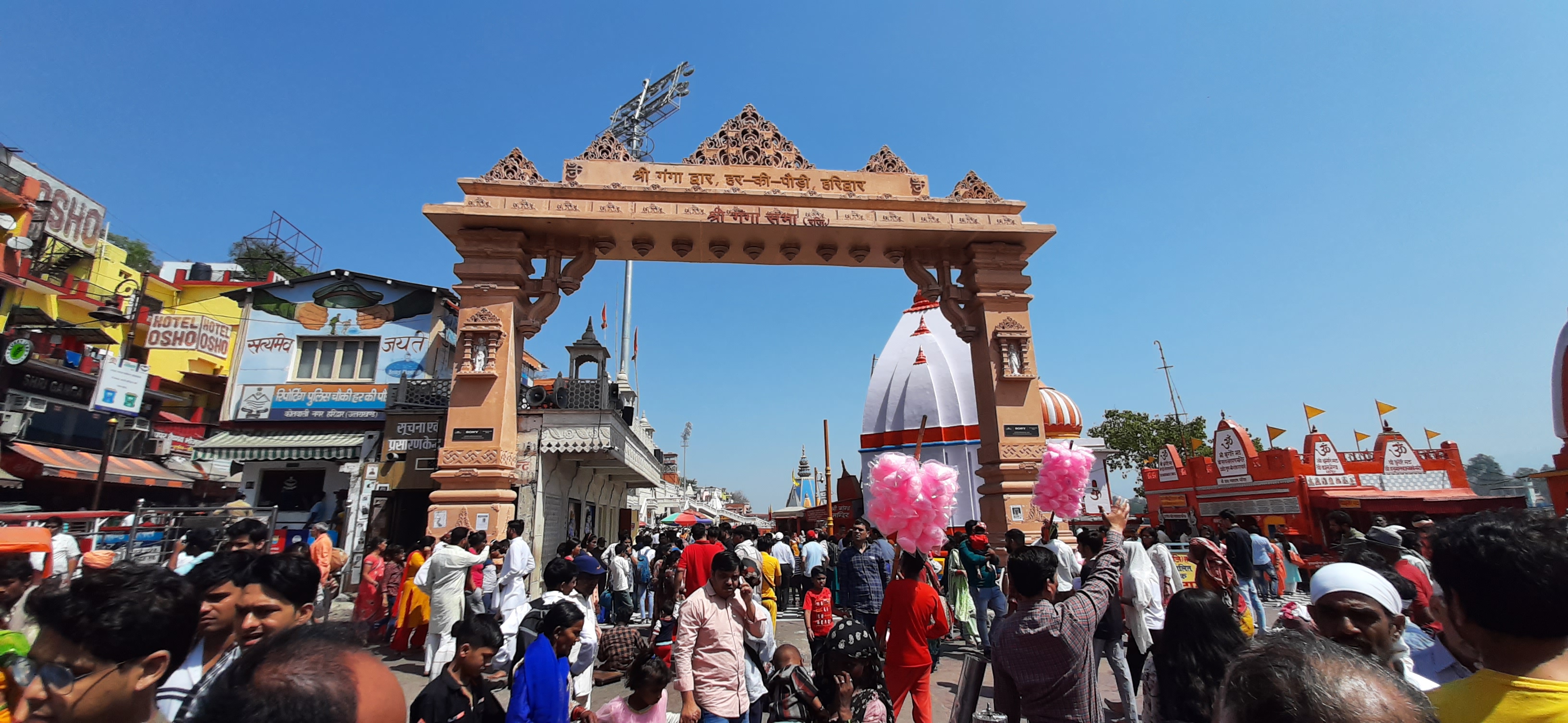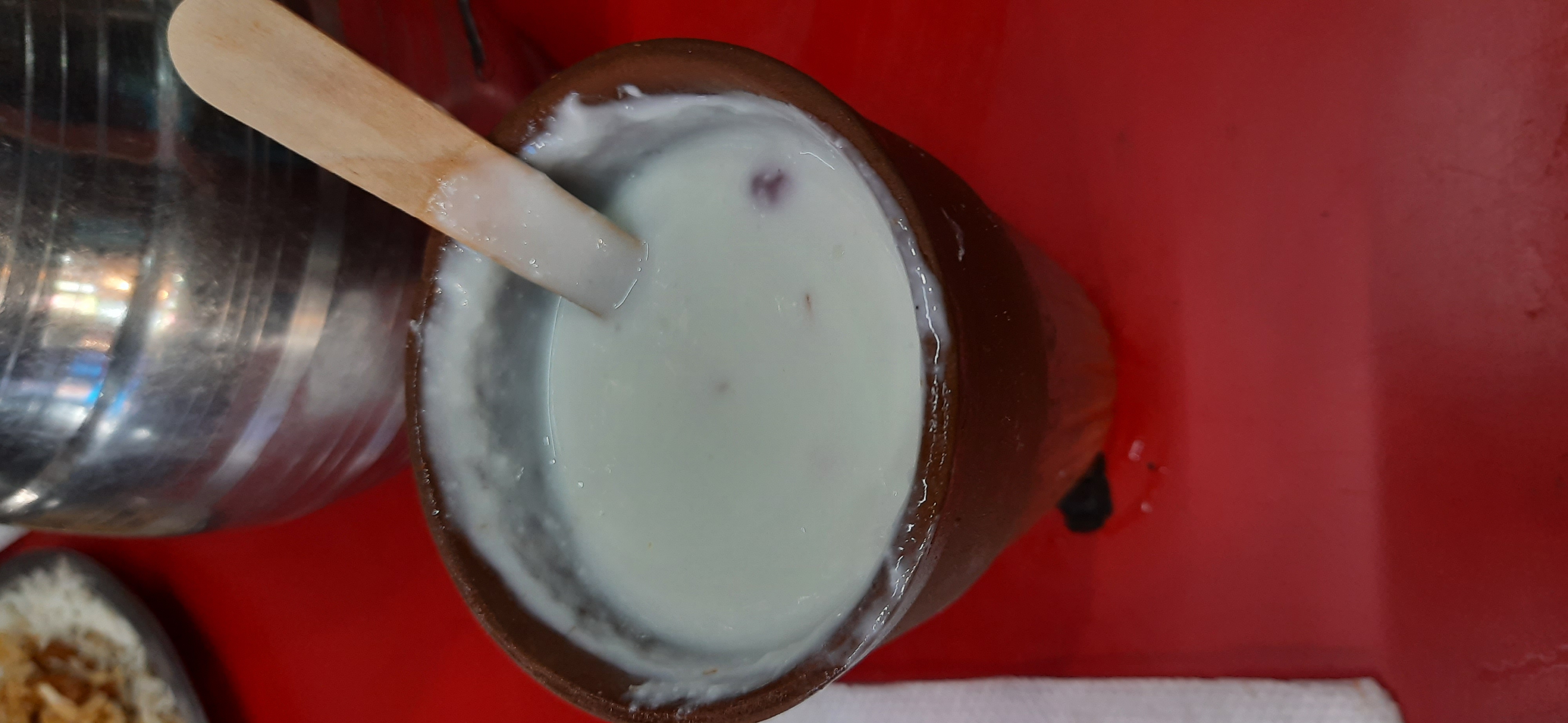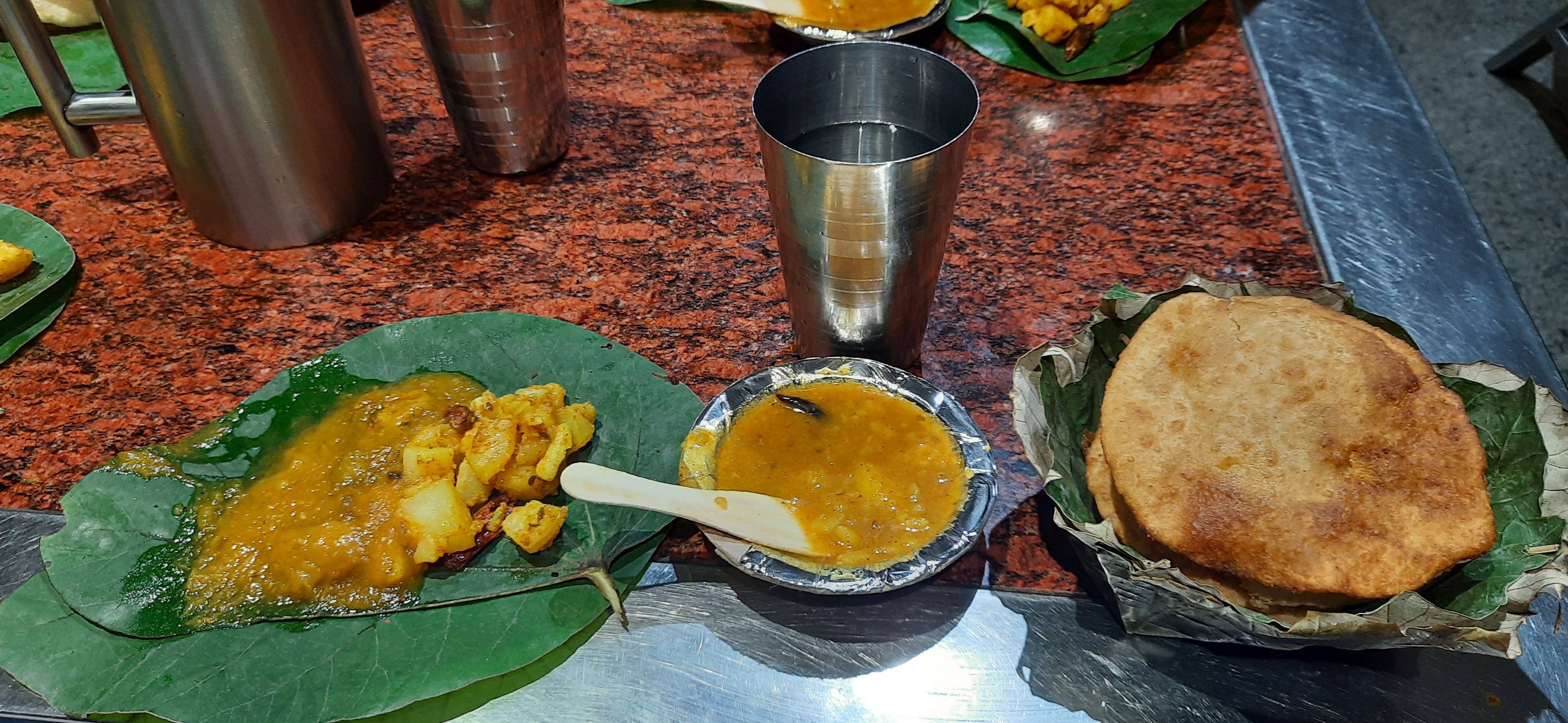It has been more than a year and half since I got down to summarize these travel “blogs”, if that’s how we put them. The world as we know has drastically changed – for better and for worse. The worse we know – a great pandemic killing people everywhere, especially if you aren’t priviledged enough for starters. But how better, you ask? We have started to appreciate the transientness of the world around us, letting us find joy in the small things we do with the people we love. Professionally, we have seen how redundant the work structure has been, and how much more efficient we can be. For some however, it’s either go to work, maybe get infected and die, or stay hungry and die. Overall, the pandemic has been bad.
This is your usual reminder to put on your masks if you are in the public or in closed spaces. Wearing a mask includes covering your nose, and coughing into your mask.
And so life kept ploughing on past three waves of COVID-19 in India. We have been working from home, going out just to refill supplies, and hoping we won’t get infected. Academic meetings and conferences thus also shifted to an online mode, opening a new avenue for the “non-western” scientists to also participate without spending an exorbitant amount of money, time and energy. While I agree that talking to a person face-to-face is the best, for folks like us who can afford only one or two foreign trips (unless we jugaad for more money), online meetings are a boon.
In early 2022, as things seemed to start getting better, the Astronomical Society of India (ASI)decided to have the annual meeting in a hybrid mode with both in-person and online participants. What more, they selected a pretty scenic location for the conference – IIT Roorkee.
For those who do not know, Roorkee is a small town in the northern state of Uttrakhand. It lies in the plains just before the Himalayas, affording us to plan a Himalayan trip after the conference. I come from the extreme south of India – the land of beaches – and have never been to this part of the country (heck, I had never even seen the might Ganga river). So I immediately signed up for an in-person participation, to go on this trip.
I am not going to bore you with the work we got done at the conference. But suffice to say that the conference was very well organized: there were hiccups, but organizing a hybrid conference is far more difficult than organizing an online or offline conference. Combine it with the many number of people coming to ASI, and the first “almost” post-pandemic in-person meeting. It would be crazy!
10 of us from IUCAA travelled to Roorkee – by train no less, because we wanted to savour the journey. Roorkee is a town with many facilites, and is extremely inexpensive. The 10 of us had a ravenous feast for a lunch just after deboarding from the train, and it cost only Rs. 1200 – for folks from Pune, that’s amazingly cheap!
IIT Roorkee is a nice campus. It is small, quaint and green – not as big as IIT Madras though. There was a strange charm, possibly because we were seeing a high-energy place after a long time (IUCAA doesn’t have the undergrad energy). The view from my room at the guest house was amazing:

Roorkee was nice, and famous for three things (as per our auto-driver) – the railway station, the army area, and the IIT. But the more famous place was some distance away from Roorkee – Haridwar.
Haridwar is a temple town on the banks of the river Ganga. It is literally littered with temples all over, weaving mythology, history and great food. Two of my friends were living at Haridwar instead of Roorkee – it takes an hour by the bus to the conference, and Haridwar has far more places to explore. Well, it was my first time there, so I took a day off to explore the town.
Haridwar was my first introduction to “north India”. 26 years of existence, and this is my first time having a direct interaction with the culture. I have heard people talk about the inviting culture, the sheer density of people, and the continuous honking – and realised a large portion of the observation is true! People are always happy to help, have the small talk on any random thing, and speak their mind (not unlike Germans). Since this was a temple town, there were many people.
I started from Roorkee early in the morning to have a dip in the Ganges first. I and my friends met up near the bus stand, from where we went to take a dip in the river. Ganga is simply spellbinding – the sheer vastness of the river even during the end of winter (the snow hasn’t melted yet) is amazing. Below you will find a picture of the Ganga – except, that it is actually a part of the river diverted to control the flow:

I was awestruck by the river, and literally froze to the spot. My friend pulled me from the spot, and took me to the most famous spot in Haridwar – Har ki Pauri (see below). Har ki Pauri is the place where the famous Ganga arti occurs. It has a central area called the “Brahmakund”. The belief is that drops of the nectar of immortality spilled in here while it was been taken away by Garuda, the mount of the God Vishnu. Geographically, people use it to demarcate the region where Ganga leaves the mountains and enters the plains. It is here that the famous Kumbh Mela occurs every 12 years.

So we go and take a dip into the river. I have never taken bath in a flowing river before, and the speed of the flow + slippery slopes just advected me like I am parcel of fluid. No bones were broken, but there was impact injury. But the water was quite cold, and yet very refreshing, not to mention it was very sweet!
It was already mid-day by the time we were done going to the various temples at Har ki Pauri. We then had two options – to visit the Mansa devi temple on one side, or the Chandi devi temple on the other side. Both reside on hills on either sides of Ganga. My friend – who also happens to have been brought up in Haridwar as a child – got us to Chandi devi temple, as there is a full-town viewpoint. And so we trekked (with injured knee!) in the afternoon Sun at 38 degrees Celsius, all the while I and the third friend kept pumping in lemon soda for rehydration. We finally reached the top of the hill, and went straight to the temple. The temple is very small and quaint, but has an amazing vibe, with the strong gusts of cool wind chiming the numerous small bells hung around the altar.
We circumambulated the shrine, and sat down for lunch. Two of us were exhausted (more like dehydrated) to the point of not wanting to have a proper lunch. So we settled for a large nice glass of thick Lassi.

After resting, we then walked towards the viewpoint. This was literally at the edge of the hill, and quite scary initially. But the view we got was amazing – have a look:

The afternoon Sun was blazing at us, but the view in front kept us to the spot. After spending time, we slowly made our way back to the top, and now had to get down. Since I was really hurt and unable bend my knee too much, we took the cable car back down. We went back to the town and sat down discussing some science (work never leaves us). We then went exploring the upper road behind Har ki Pauri. This is a very interesting road lined with shops and guest houses. Many of these guest houses are inexpensive dharamshalas. Also, there were area dominated by people from different states, with their own guest houses. I experienced the infamous “Indians honk too much” here – the honking in cities like Chennai, Mumbai or Pune is nothing compared Haridwar. We had a not so good snack at some hotel, and we complained to the cook. The guy however was too stoned to appreciate what we were saying lol. We then left the place and went to Har ki Pauri for the Ganga arti, the evening worship of the river Ganga.
The Ganga arti is an amazing experience. People assemble by 5ish p.m, and the main event starts by 6 p.m. The rituals include a worship of the principal Gods Vishnu and Shiva, salutations to the Mother Goddess in the form of Sri Suktam, and oblations to the river in the form of flowers. And then the main arti starts.
The arti is at its core salutations to the river Ganga, the sustainer of one of the most densly populated regions of the world. The arti’s principal component is lighting the fire, and moving the lighted fire around the deity in a clockwise manner. Since the arti is performed for the river here, the priests face the river and perform it. All the while, a bhajan, or a song reflecting the emotional connect of the people to the divine, eulogizing the river, is sung. This was a relatively simple song, and the full crowd – 100s of people, at the least – were singing it. The cool breeze moving over from the river carrying with it the sweet chorus of Har har Gange, while catching the beautiful sight of numerous lamps moving in unison bathed by the wonderful fragrance of the incense sticks can’t be put in simple words. It is an experience that comes to you, and you appreciate more if you just “let go” of rigidities of thought.
Have a look at the still from the arti below:

After the arti, we had to meet up with another group of friends who had come to see only the arti. So we caught up with them (after a detour for some tea, of course!) and started seeking some place to have dinner. We had a hearty meal at one of the restaurants of the brand Chotiwala – a simple set of curries, dal with some pooris and roti:

Of course, we wouldn’t miss out on the Lassi, so that made us full. We decided to initially walk till the bus stand. Haridwar at night is very different – people tend to gather around near the river to soak in the cool breeze. The old uncles seemed to be discussing politics, with the young hawkers trying to get us buy stuff. Some of the guys were getting stoned, while many others simply hung around buying things. However, we had to attend the conference the next day, so we quickly caught a bus back to Roorkee, and went back to sleep dreaming of the sights we beheld through the day – and imagining what more must be in store through the week!